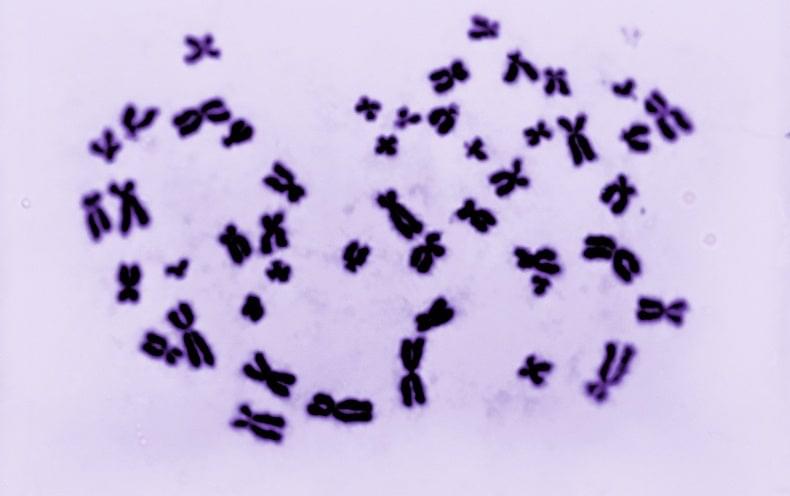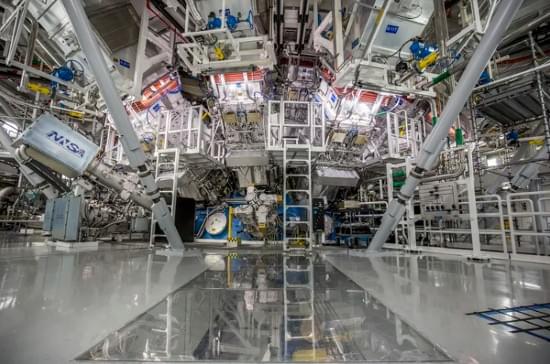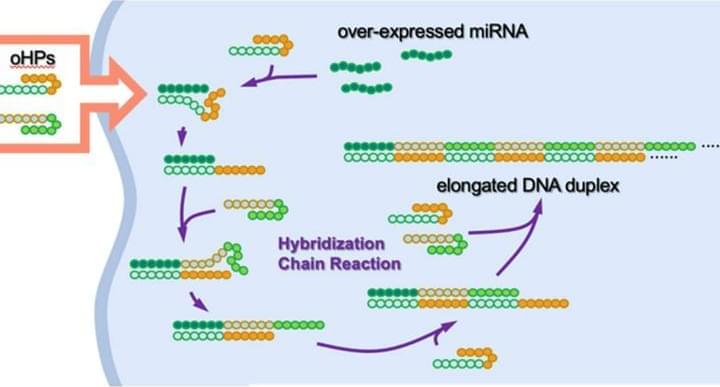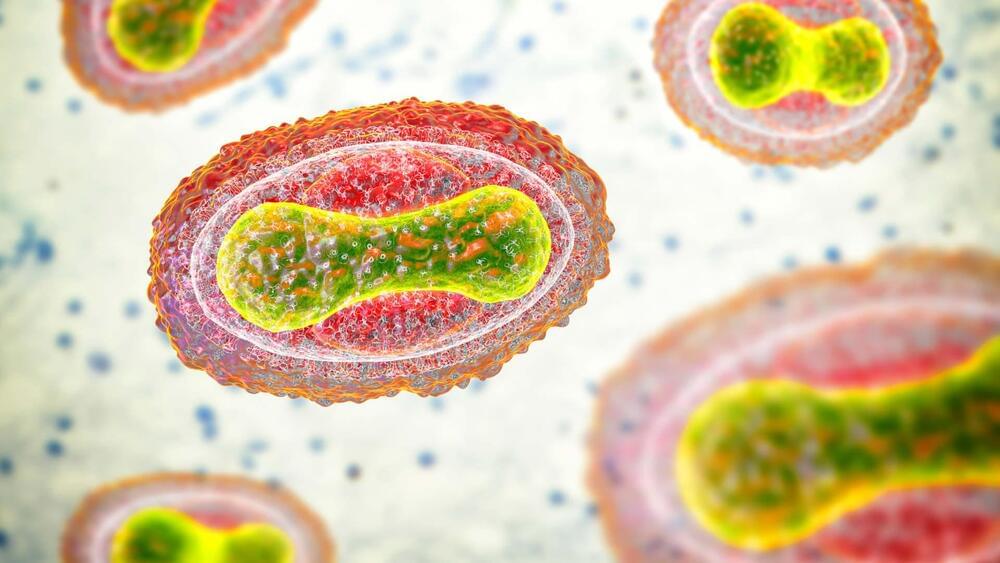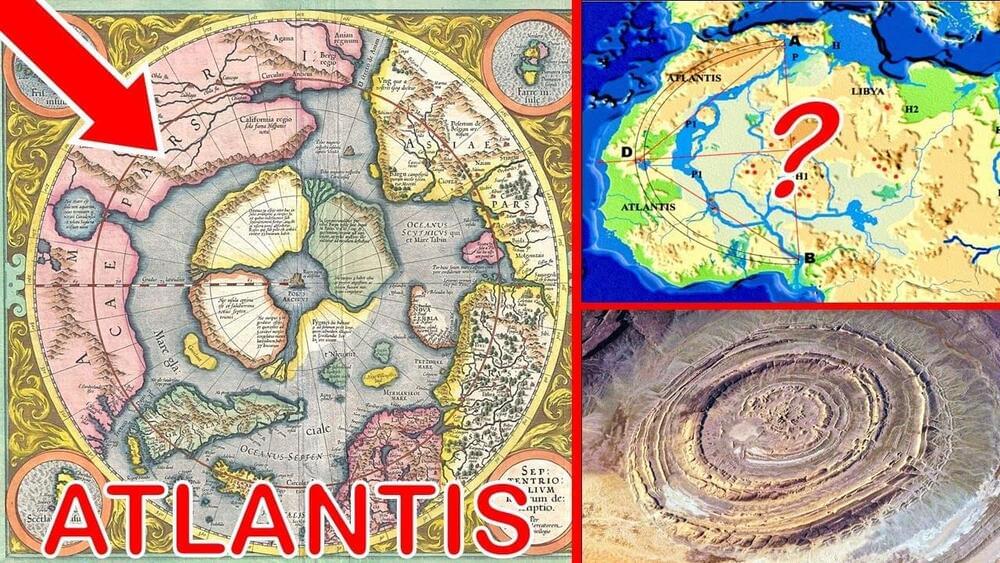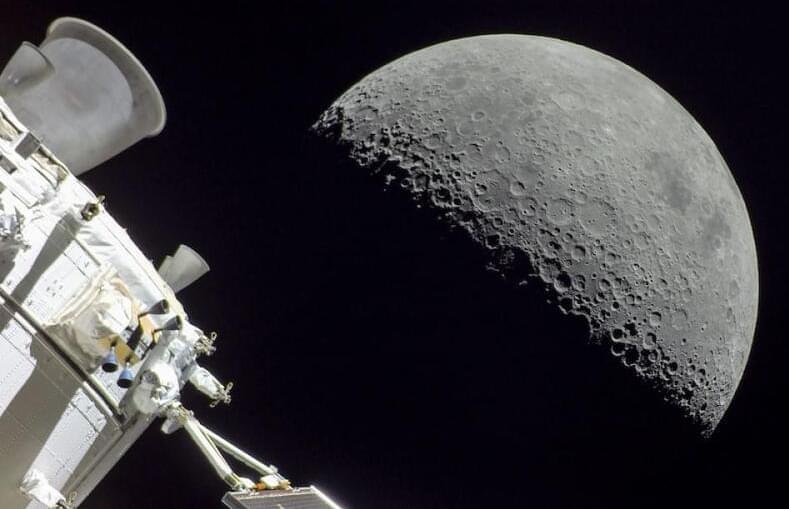A comet that only orbits the sun once every 50,000 years is expected to be visible from Earth with the naked eye. The last time the comet visited, the Sahara desert was wet and fertile, Neanderthals and woolly mammoths still walked the Earth, and humans were—as far as we know—yet to reach North America.
C/2022 E3 (ZTF) was first spotted by the Zwicky Transient Facility (ZTF) on March 2, 2022, and is set to reach its closest point to the sun, or perihelion, on January 12, 2023. ZTF is an astronomical survey conducted by the Palomar Observatory in California.
Comets are “cosmic snowballs” made up of frozen gases, dust and rock that orbit the sun. As they approach our star, these fragile constructs are blasted with increasing amounts of radiation, a process that can produce two vast tails of gas and dust.

